by Dot Cannon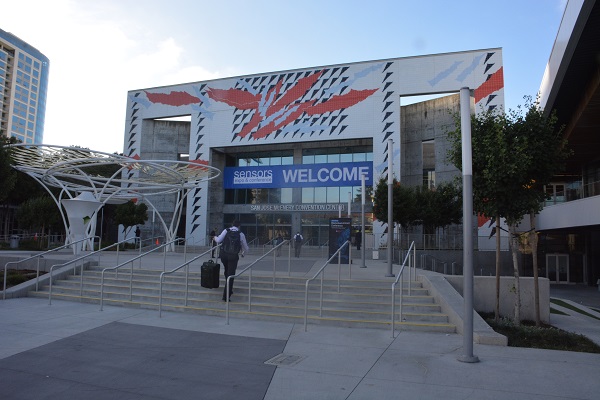
“There are two key things HoloLens is doing,” said Microsoft Director of Science Marc Pollefeys.
(“It’s understanding the environment. And it’s understanding the human using the device.”)
Pollefeys’ Wednesday morning keynote started off Day One of the 2018 Sensors Expo and Conference.
As North America’s largest and most comprehensive educational program in the engineering profession, Sensors Expo and Conference is also the only technical program completely dedicated to sensors.
And throughout his speech, Pollefeys would show the attendees gathered at San Jose’s McEnery Convention Center just how sensors created the Hololens’ mixed-reality magic.
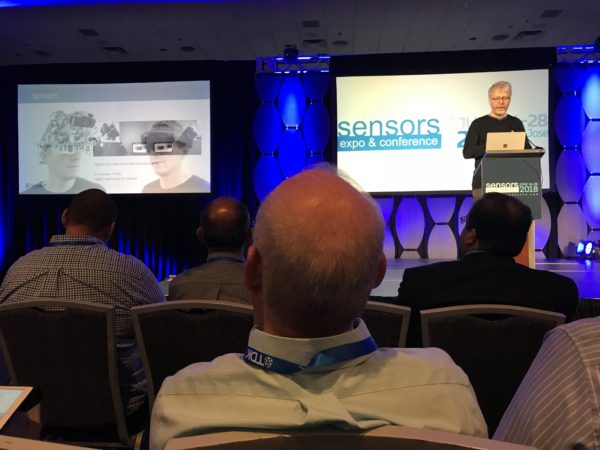
“Spatial mapping has five purposes,” he explained, outlining the ways HoloLens can enable holograms to move around a room–or allow a user to place virtual objects on top of real ones. That capability would also allow HoloLens to track and understand its wearer, by analyzing speech, gaze direction and hand gestures.
Just one use of those virtual-world capabilities, Pollefeys said, was the training of deskless task workers.
“The fact that you feel you are there, itself, means you learn much faster, because you feel much more part of it.”
A maker’s sense of fun
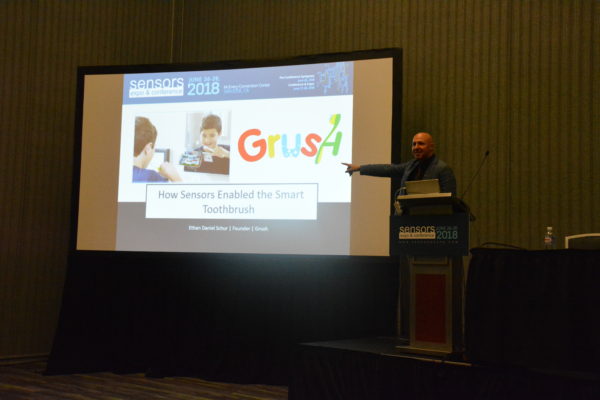
We had the opportunity to catch inventor, Grush founder and Chief Operation Officer Ethan Schur’s presentation, as well, on “How Sensors Enabled the Smart Toothbrush”. (Here is his earlier interview on our podcast.)
Ethan, who created the “Grush” gaming toothbrush, is also a parent. He opened his presentation by sharing his own struggles with one fact of life.
“Kids hate to brush their teeth. I remember one time I had to drag my son. He was holding onto the door jamb and I had to pull him.”
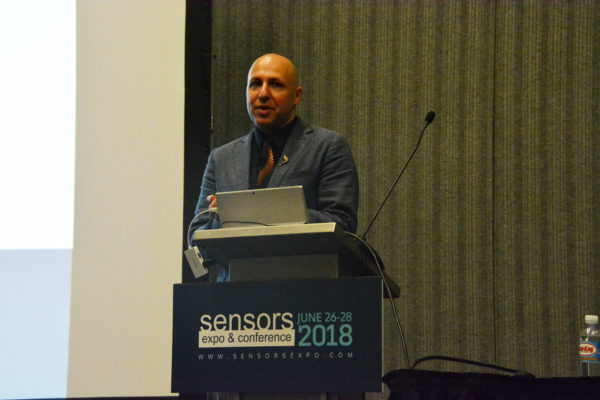
Ethan’s solution to the problem involved creating a “smart” toothbrush that “can sense every single tooth that’s been brushed”, but which integrates a game where kids are fighting “monsters” as they brush. Ethan and his team won the top prize on the “America’s Greatest Makers” reality show in 2016.
Now, they’re expanding their vision, with a “Cloud White” toothbrush for adults, in the crowdfunding stage.
Ethan said his vision for “Grush” is now growing in the U.S. and Mexico, and that he would be going to Japan next week.
“I’d love to get into Germany and other places.”
On the show floor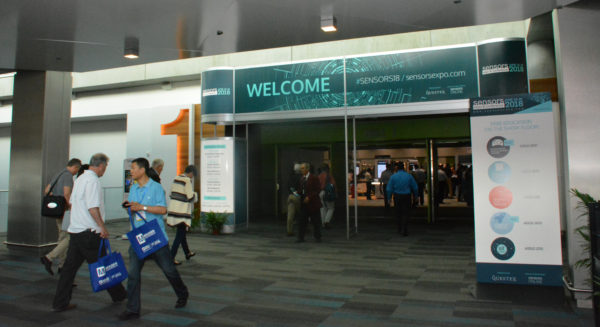
With the expo show floor opening at ten, here are just a few of the highlights we saw.
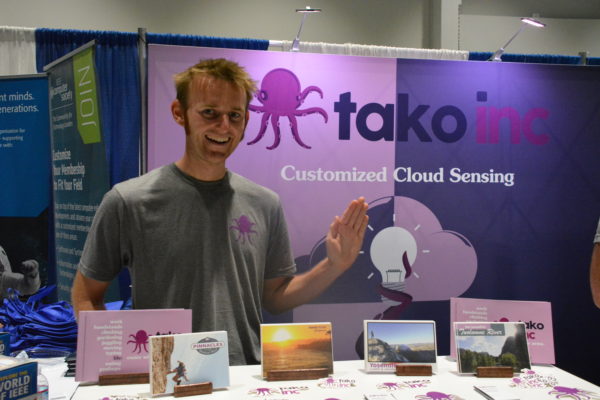
Tako Customized Cloud Sensing was founded by a father-and-son team who want to use their talents to make a difference. They’re geared towards helping smaller entrepreneurs create their products.
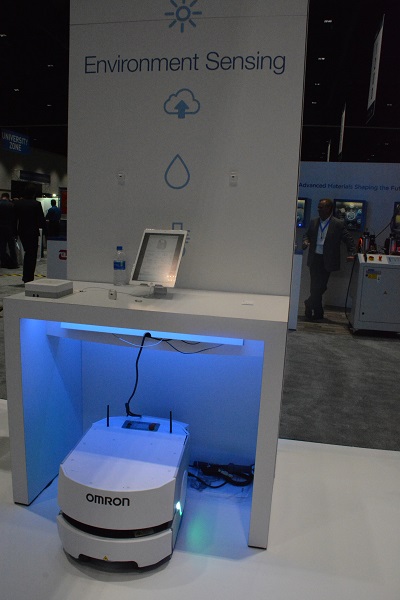
This is an environment- and human-sensing robot! One of Omron’s exhibit staffers said it’s designed to sense if someone falls nearby, and can check on the person and signal for help, if needed.
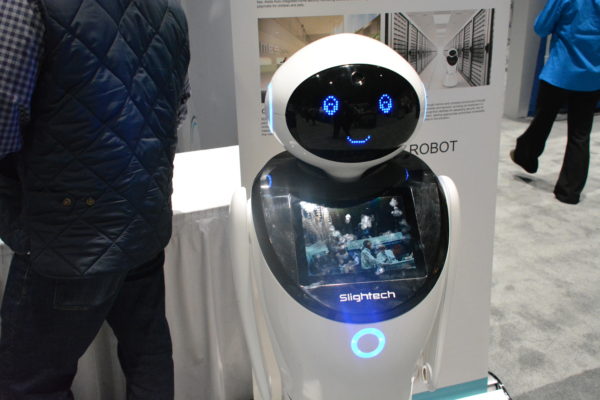
And this “Sdeno” robot has a facial recognition system, and a deep-learning emotion engine, according to creator Mynt’s website.
A gathering of the community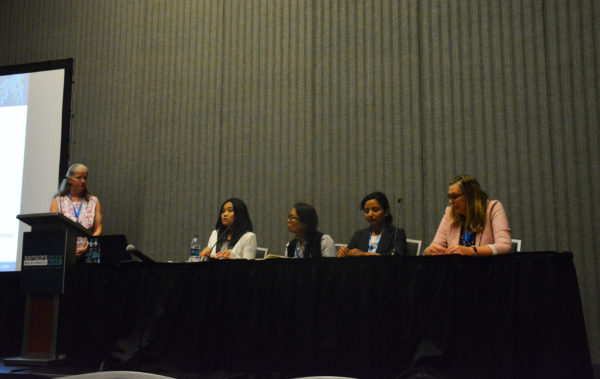
Another highlight of Wednesday’s Sensors Conference program was the Women in Sensors Engineering (WISE) panel, which met in the afternoon.
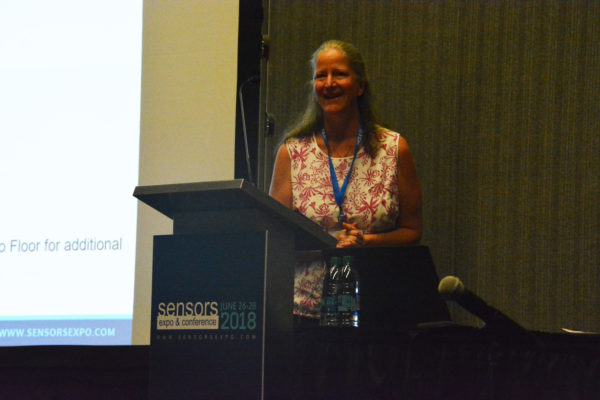
Moderator Mary Ann Maher, who is the founder and CEO of SoftMEMS, talked with four leading engineers about their careers, challenges and advice for other women in the engineering profession.
“What was your biggest challenge?” Maher asked the panel.
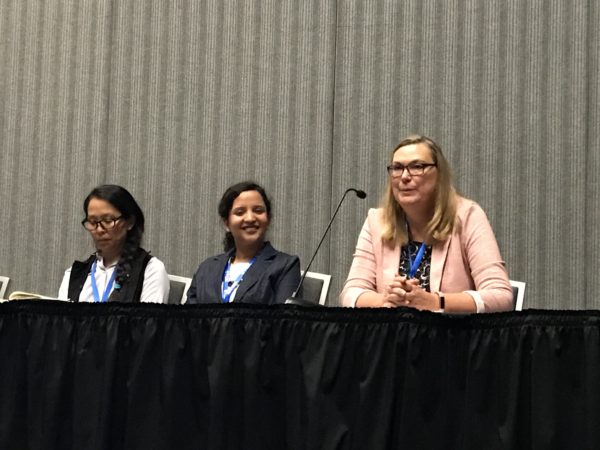
“Looking back, the biggest challenge by far was myself,” replied Melanie Daniels, Intel Corporation Principal Engineer.
Daniels shared a story of working at HP, and experiencing fear and reluctance after the company was sold to a competitor.
“I was 100 percent against going to work for them, and I told them NO. And they offered me some stock options.”
Next, Maher asked the women about the question of work/life balance.
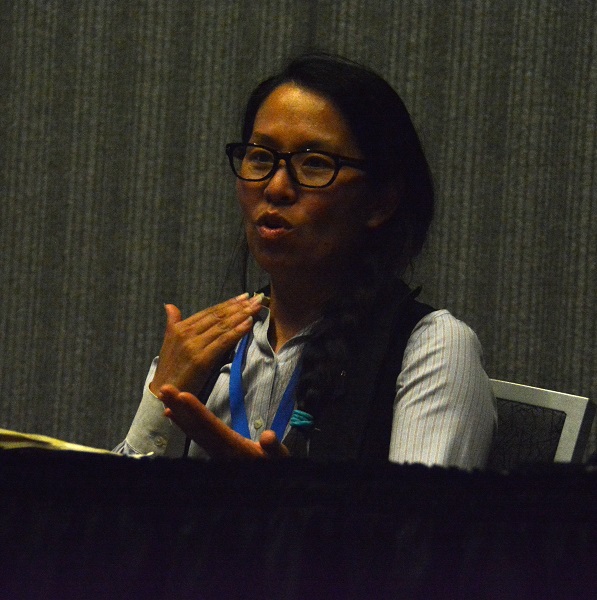
“I can be the cautionary tale,” said Hardware Engineer Julie Willey of Oculus VR and Facebook.
“I have no illusion of balance…I have five kids. It’s been super intense. I like to say that I have five teachers.”
Willey said she had at first been challenged by the idea that she had to be “the perfect mom”, but then found her own strengths.
“What I’m good at, I get excited about stuff. I found comfort in being me, and I delegate the other stuff that I’m not so good at.
“Work brings me a lot of joy. It’s not like doing dishes,” she added, as the women gathered at the tables laughed.
“What leadership advice would you give to the audience?” Maher asked.
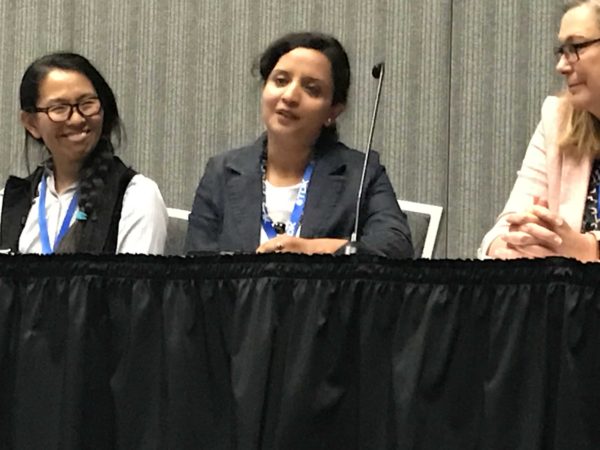
“Be yourself and have passion,” said Infineon RF Sensors Software Applications Lead Engineer Pooja Agrawal. “Being a leader doesn’t mean you have to be good at everything.”
